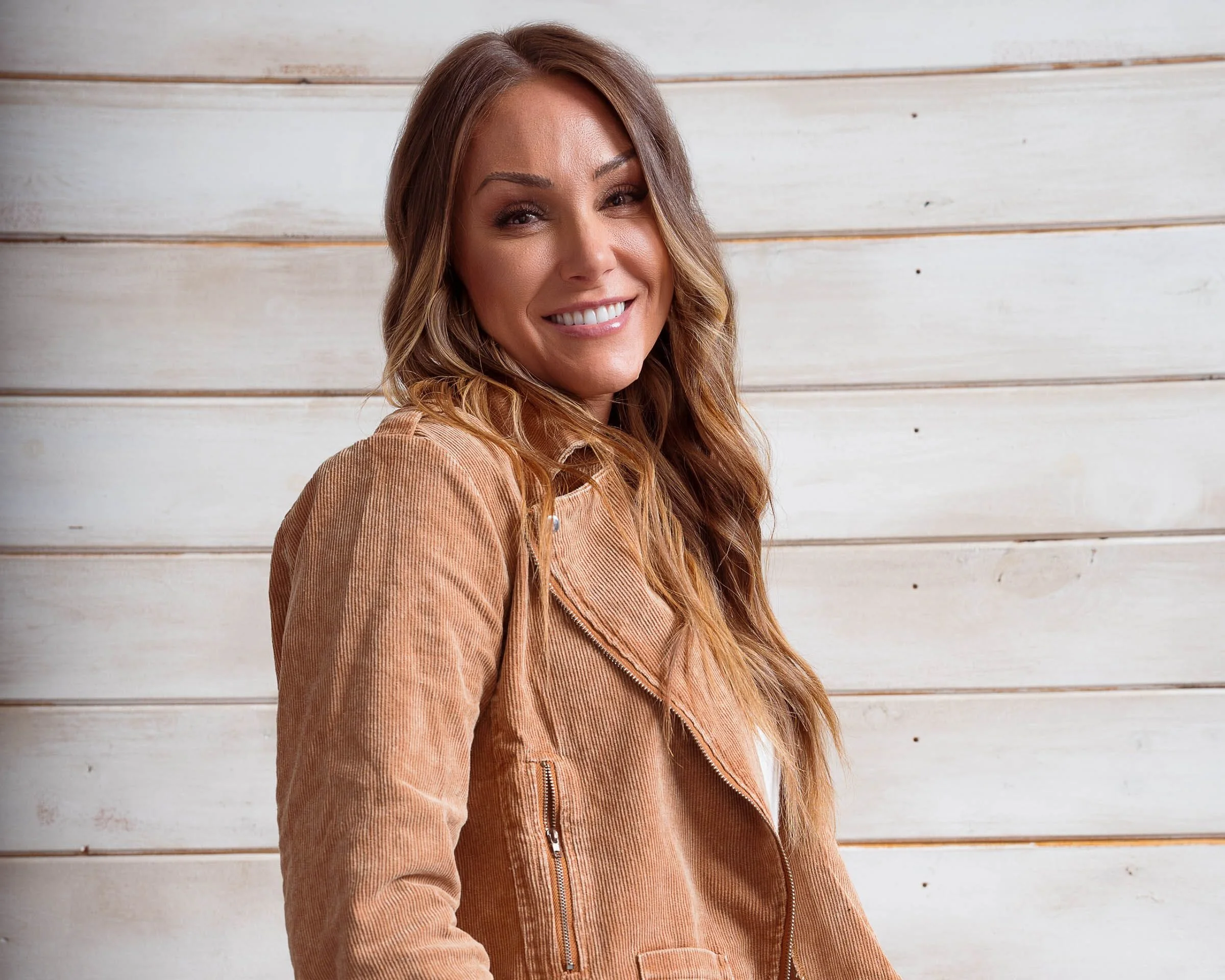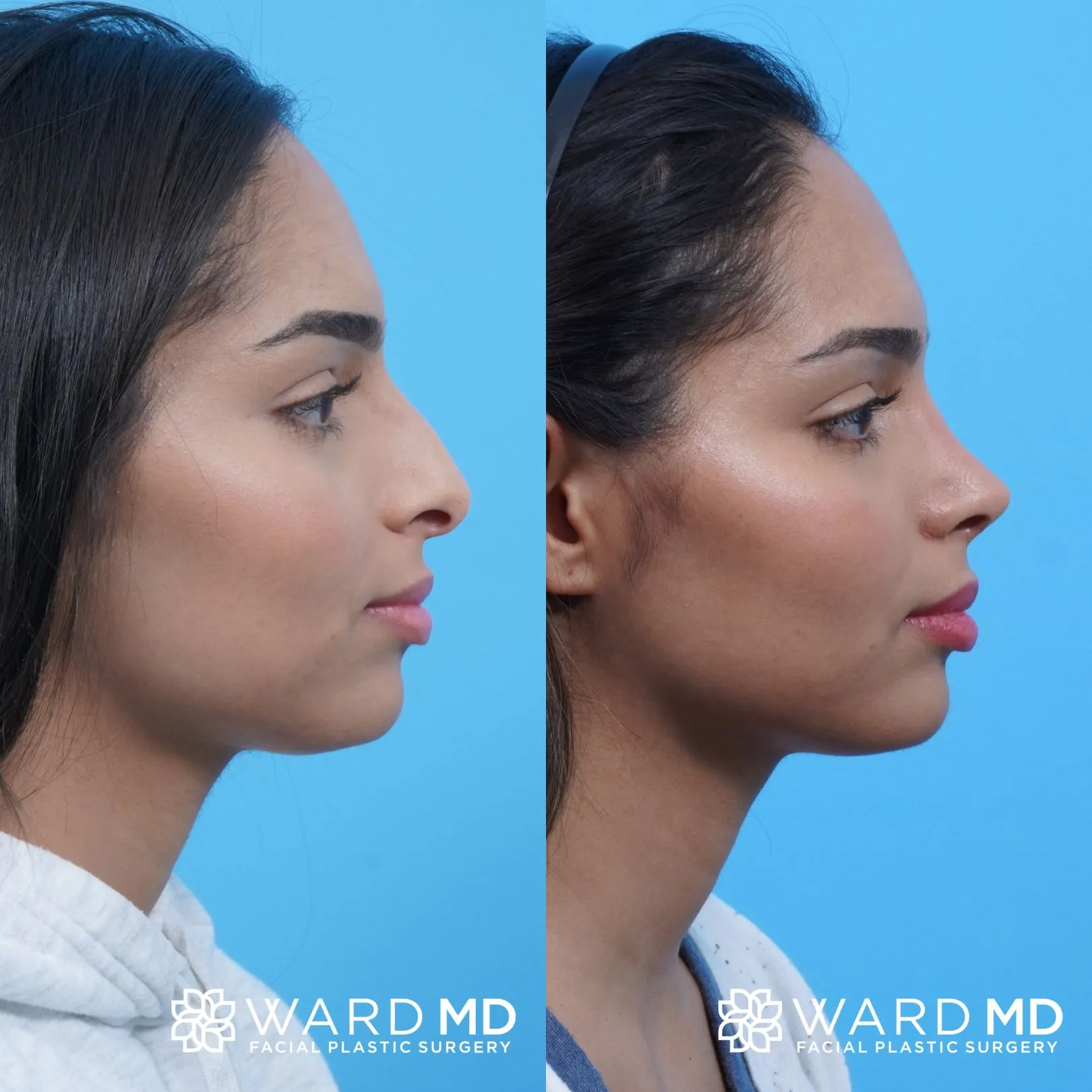Utah’s Leading Rhinoplasty Surgeons
The nose is the most prominent feature of the face and, as such, even small deformities or abnormalities can lead to distracting disharmony and facial imbalance. Interestingly, despite its prominent position, the nose is not a feature of the face that is associated with beauty. As humans, we typically recognize the eyes and lips as the source of facial beauty and a nose that is in disharmony with the rest of the face causes the nose to overshadow the eyes and lips. A natural looking nose that blends into the background of the face allows the features of the face that are associated with beauty, e.g., the eyes and lips, to be more noticeable and attractive. You should feel comfortable with your surgeon to ensure that you are on the same page before surgery and you should also feel comfortable voicing any concerns or questions before and after the surgery. We invite you to contact our office at (801) 513-3223 to schedule a consultation for rhinoplasty in Cottonwood Heights Serving Salt Lake City, Utah.
What is Rhinoplasty?
Rhinoplasty, also known as nose surgery, is a popular cosmetic procedure that can improve the appearance and function of the nose. Patients can expect to see a variety of results following the surgery. Depending on the individual's goals, the surgery can create a more balanced and aesthetically pleasing facial profile by reducing or augmenting the size of the nose, reshaping the nasal tip, narrowing the nostrils, or improving breathing.
Rhinoplasty is a procedure that usually lasts between 90 minutes and 3-4 hours, depending on the complexity of the case. It is performed on an outpatient basis, meaning that you are not admitted to the hospital after the procedure. The incisions vary depending on what needs to be done, but usually involves a small incision on the columella of the nose (the soft tissue between the nostrils) as well as small incisions inside the nose. These incisions are closed with a dissolving suture and the incisions heal remarkably well, with little to no scar. At the conclusion of the procedure, a splint is usually placed over the nose and splints are usually also placed in the nose to help provide support as the nose heals. The splints are usually removed 6-10 days after the procedure.

Am I A Good Candidate For Rhinoplasty?
Patients usually have three areas that come into play when considering nose surgery: cosmetic issues, injury repair, or to improve function.
Why Do People Have Rhinoplasty?
Patients usually have three areas that come into play when considering nose surgery: cosmetic issues, injury repair, or to improve function.
Cosmetic – If a person feels his or her nose it too bulbous or there’s a bump on the bridge, it can be a real issue. Here are common aesthetic reasons patients seek to make some changes:
- There is a prominent bump on the bridge.
- The nose droops or hooks downward.
- The nostrils are overly flared.
- The nose isn’t proportional with the rest of the face.
- The nose is too big or too small.
- The nose has a bulbous tip.
- The nose is too wide or flat.
- The nose is crooked from a prior injury.
- Injury – People often injure their nose, but don’t always opt to correct it. Things like touch football games or even simply bumping into an unseen wall in a dark room can alter the look and the function. Dr. Ward can correct both the appearance and the function.
- Function – Some people are born with nasal passages that are too narrow. Restricted airflow can lead to snoring and even sleep apnea. Rhinoplasty can open constricted airways and vastly improve breathing function.
My Nose Is Too Wide. Am I A Candidate For Rhinoplasty?
If you’ve thought this through and considered the cost and benefits, I think that you would be very happy with a rhinoplasty that adds more tip definition and more height to your nasal bridge. This can be done without making the nose look fake or like it has obviously had surgery. You will likely need to have grafts taken from elsewhere in the body, such as the rib. The cartilage from your septum or ear could be used, but in many cases, that won’t be strong enough to provide good, long-term support.
Rhinoplasty Procedure
Rhinoplasty is a procedure that usually lasts between 90 minutes and 3-4 hours, depending on the complexity of the case. It is performed on an outpatient basis, meaning that you are not admitted to the hospital after the procedure. The incisions vary depending on what needs to be done, but usually involves a small incision on the columella of the nose (the soft tissue between the nostrils) as well as small incisions inside the nose. These incisions are closed with a dissolving suture and the incisions heal remarkably well, with little to no scar. At the conclusion of the procedure, a splint is usually placed over the nose and splints are usually also placed in the nose to help provide support as the nose heals. The splints are usually removed 6-10 days after the procedure.
RHINOPLASTY Recovery
The recovery usually lasts about one week. However, there are some patients who may require a longer period of recovery. There is usually bruising that may show up as black eyes or bruising on the cheeks. This usually resolves by about one week but may last longer. All patients have swelling and although the majority of swelling goes away by about three months, the swelling can take 12-18 months to resolve.

RHINOPLASTY RESULTS
While the final results of rhinoplasty may not be apparent for several months due to swelling, most patients experience a significant improvement in the appearance and function of their nose, leading to increased confidence and improved quality of life. It's important to note that while rhinoplasty can achieve impressive results, it's essential for patients to have realistic expectations and communicate their goals with their surgeon to achieve the desired outcome.
Non-surgical approaches work for smaller procedures, however, depending on the level of change you want, a surgical rhinoplasty is likely a better option for dramatic or permanent results.
TESTIMONIALS

rhinoplasty FAQ
The Consultation
The rhinoplasty consultation is the chance for you and your surgeon, Dr. Ward, to meet and get to know each other. This relationship is important for several reasons. You should feel comfortable with your surgeon to ensure that you are on the same page before surgery and that you will feel comfortable voicing any concerns or questions before and after the nose surgery.
Dr. Ward will evaluate your nose and talk to you about your desired results. He will give you honest and realistic expectations and inform you of any potential risks involved. These risks can vary based on each individual person, so it is important to be honest and upfront during your consultation. Common risks associated with rhinoplasty or any nasal surgery include bleeding, infection, swelling, scarring, septal perforation (hole in the septum of the nose), poor cosmetic result, saddle nose deformity, difficulty breathing, bruising, and temporary tooth numbness, amongst others. Our aim is to decrease the probability of each of these complications from happening, and we will do whatever we can to prevent them from happening.
At the consultation you will have photographs of your nose taken, which can be used for computer imaging; this can be extremely useful when you want to see how you’ll look with a different nose before going through the surgery.
Follow up after rhinoplasty is important and you will be seeing Dr. Ward frequently following the procedure. This is to help ensure that you are healing properly and that you are happy with your results. If you are not happy, we want to know! It can take 18 months before you are fully healed and see the final result, and we will monitor you carefully during this period to ensure proper healing.







